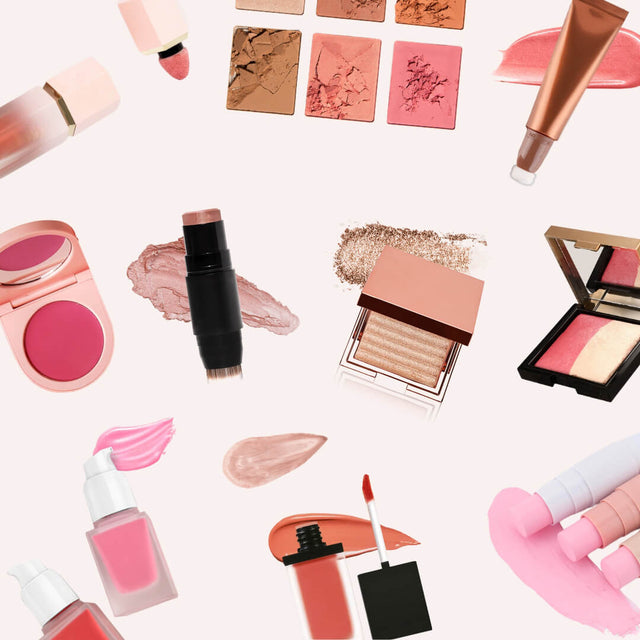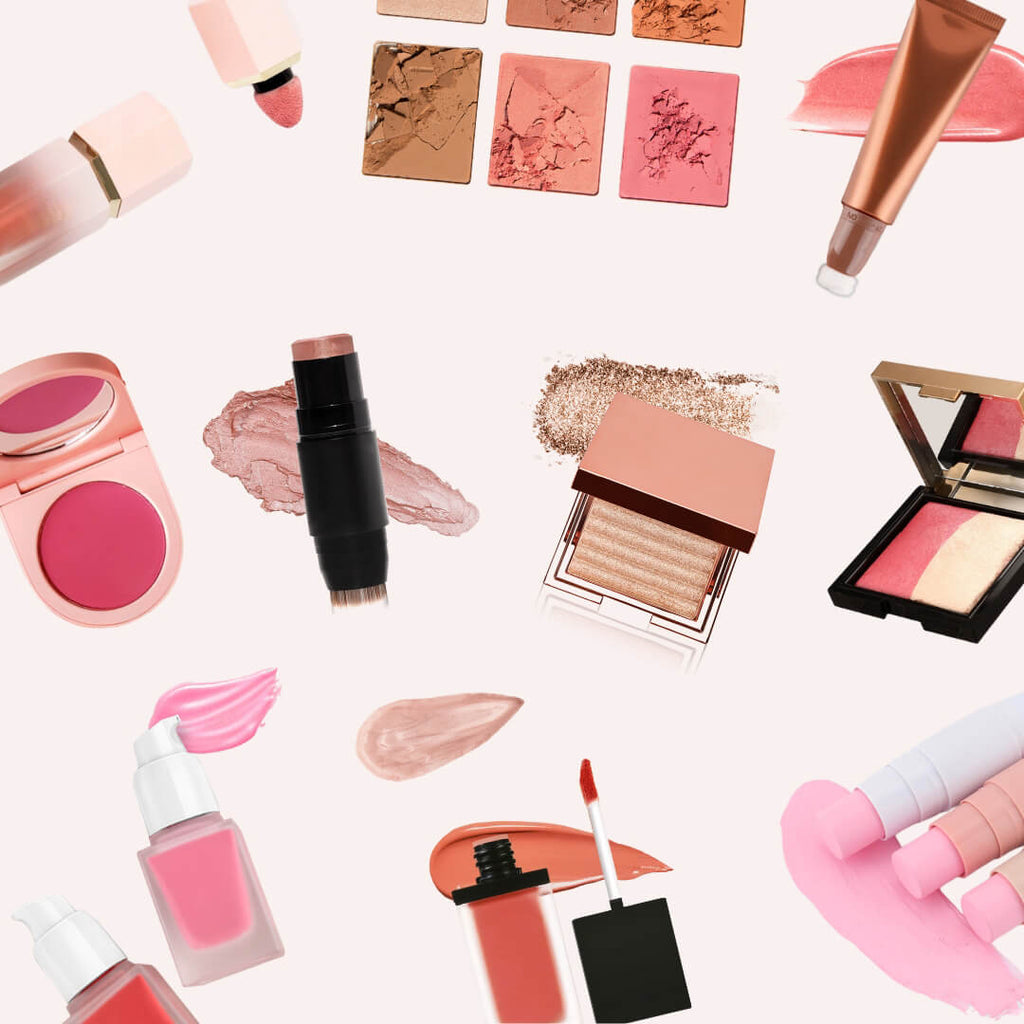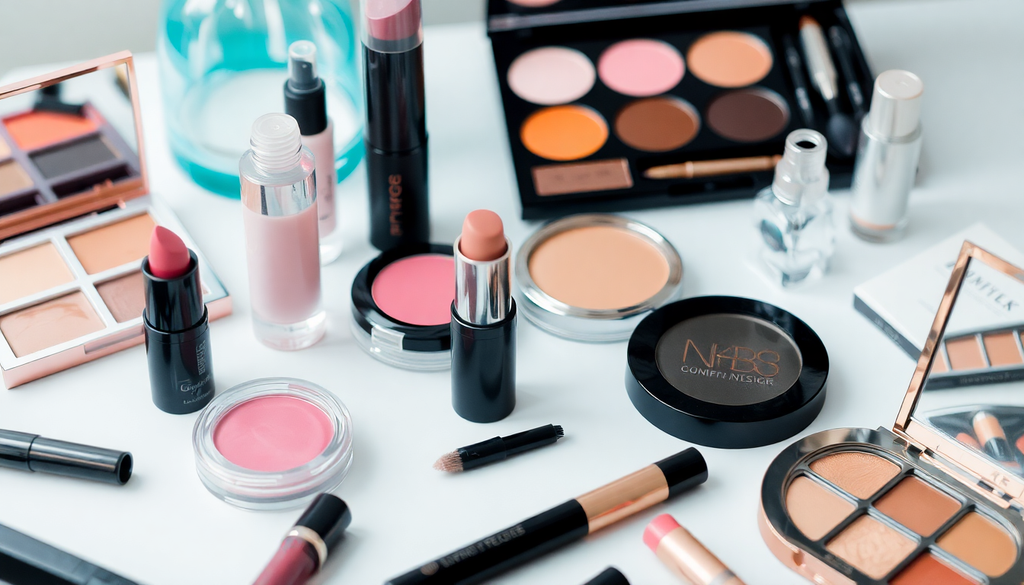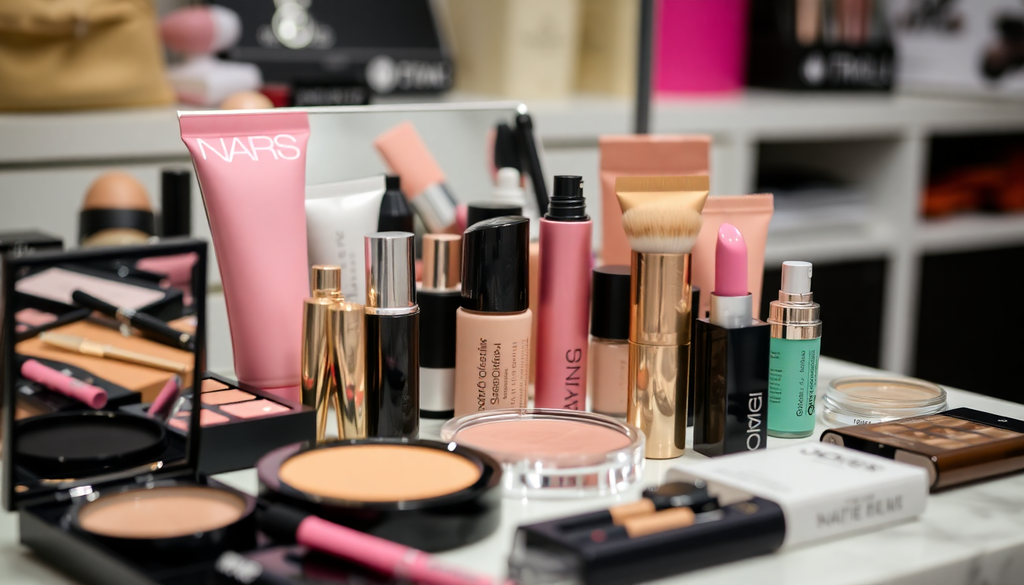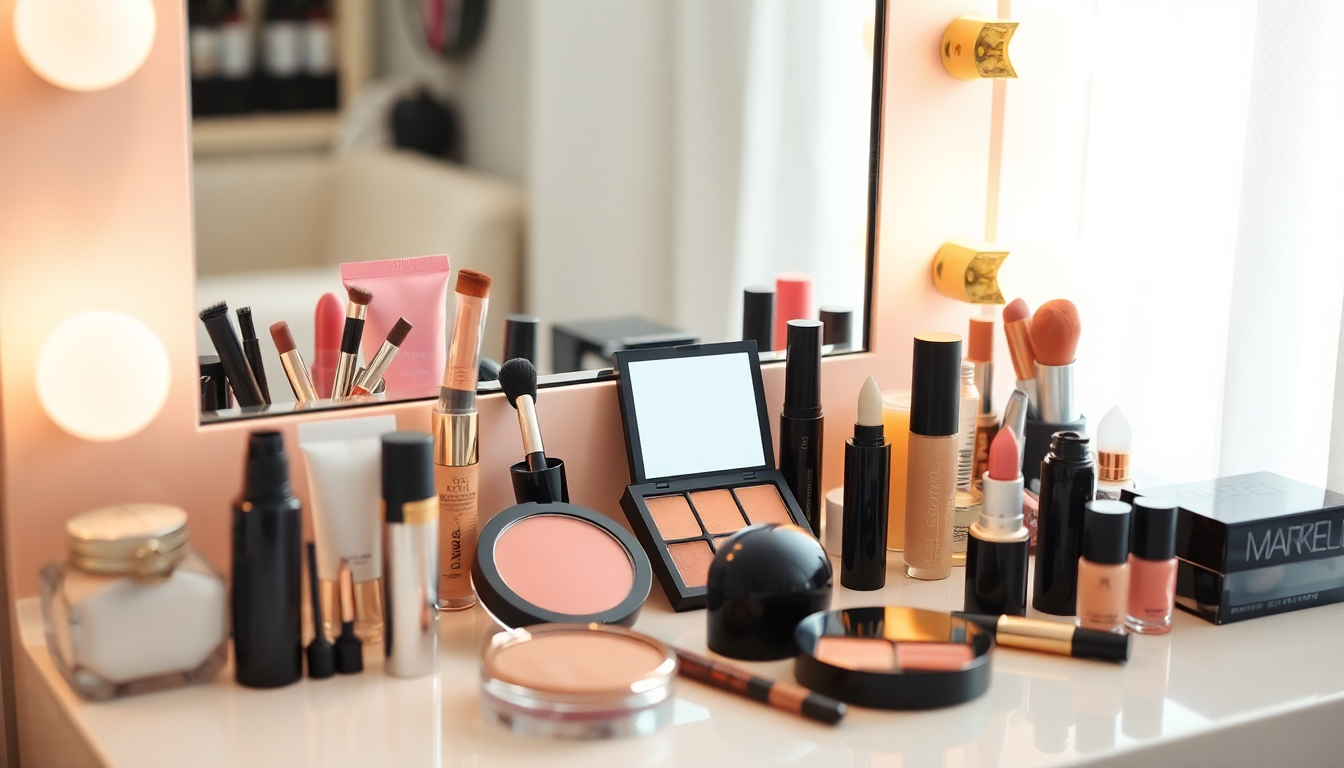
Step-by-Step Guide to Launching Your Makeup Brand in 2025: Navigating Global Markets, Import Regulations, and Trendy Innovations
Introduction
Launching a makeup brand in 2025 presents a unique blend of challenges and opportunities. The beauty industry is continually evolving, with emerging trends, shifting consumer preferences, and new regulations impacting how brands operate. Understanding the global landscape, import regulations, and innovative trends is crucial for a successful launch. This comprehensive guide will help you navigate the complexities of establishing your makeup brand, focusing on different international markets and essential considerations.
1. Market Research: Identifying Your Target Audience
Market research is the foundation of any successful business. Before you create products, it’s vital to identify who your target audience is and what they desire. Consider the following steps:
- Conduct Surveys: Use online surveys to gather information about consumer preferences, buying habits, and product expectations.
- Analyze Competitors: Study successful makeup brands to understand their positioning, product offerings, and marketing strategies.
- Explore Social Media Trends: Platforms like Instagram and TikTok can provide insights into trending products and consumer interests.
Overall, understanding your audience will guide product development and marketing efforts.
2. Navigating Global Markets
Each market has specific consumer behavior, cultural nuances, and regulations. Here’s a breakdown of key markets to consider:
United States
- Regulatory Compliance: Ensure adherence to the FDA’s regulations regarding cosmetic products, including labeling requirements.
- Consumer Preferences: American consumers increasingly favor cruelty-free and vegan products, so consider these elements in your product line.
- Marketing Strategies: Leverage social media and influencer marketing, as many consumers rely on these platforms for beauty recommendations.
European Union
- EU Regulations: Familiarize yourself with the EU Cosmetics Regulation, which dictates safety and efficacy requirements for products sold in the region.
- Sustainable Practices: European consumers are highly conscious of sustainability; therefore, focus on eco-friendly packaging and ethical sourcing.
- Localization: Adapt marketing messages to resonate with local cultures and languages.
Asia-Pacific
- Diverse Markets: Countries like South Korea and Japan have distinct beauty standards and preferences, emphasizing innovation and quality.
- Regulatory Compliance: Each country has its own regulations; for example, South Korea requires specific product testing and labeling.
- Trendy Products: Focus on formulations that incorporate skincare benefits, as hybrid products are highly popular in this region.
Latin America
- Growing Market: The beauty industry in Latin America is expanding; Brazil, in particular, is one of the largest beauty markets globally.
- Price Sensitivity: Offer a range of products at different price points to cater to diverse consumers across the region.
- Cultural Relevance: Incorporate local beauty rituals and ingredients into your products to resonate with the consumer base.
3. Import Regulations and Certifications
Before launching your products internationally, it’s essential to understand the import regulations and necessary certifications:
- Tariffs and Duties: Research import tariffs for cosmetics in your target markets to accurately price your products.
- Product Safety: Ensure compliance with safety standards; some regions may require third-party testing to verify product claims.
- Certifications: Obtain necessary certifications such as cruelty-free, organic, or vegan status to enhance your brand’s credibility.
Failure to comply with these regulations can lead to costly delays or even product recalls.
4. Setting Up Your Makeup Online Store
In today’s digital age, having a robust online presence is crucial for any brand. Here’s how to set up your online store effectively:
- Select a Platform: Choose an e-commerce platform (such as Shopify, WooCommerce, or BigCommerce) that suits your business needs and budget.
- Create a User-Friendly Website: Design your website with a focus on user experience, ensuring it’s easy to navigate and visually appealing.
- Optimize for Mobile: With a significant portion of shopping done on mobile devices, ensure your site is mobile-responsive.
- Implement Secure Payment Options: Offer multiple payment methods to cater to different customer preferences and enhance security.
Establishing a streamlined online shopping experience can lead to higher conversion rates and customer satisfaction.
5. Marketing Your Makeup Brand
To successfully market your makeup brand, consider a combination of traditional and digital marketing strategies:
- Social Media Engagement: Build a presence on platforms like Instagram, TikTok, and YouTube. Share engaging content such as tutorials, makeup tips, and user-generated content.
- Influencer Collaborations: Partner with beauty influencers who align with your brand values to reach a broader audience and build credibility.
- Content Marketing: Create valuable content, including blog posts, videos, and email newsletters, to educate your audience about your products and industry trends.
- SEO Strategies: Optimize your website and content for search engines to increase visibility and attract organic traffic.
A well-rounded marketing strategy can significantly enhance your brand’s visibility and sales.
6. Trendy Innovations in the Makeup Industry
To stand out in a crowded market, consider incorporating some of the latest innovations in the makeup industry:
- Personalized Beauty: Offer customizable products that allow consumers to tailor shades, formulations, and packaging to their preferences.
- AI and AR Technology: Utilize augmented reality for virtual try-ons, enabling consumers to visualize products before purchasing.
- Clean Beauty Movement: Focus on clean, sustainable formulations that are free from harmful chemicals and emphasize transparency in ingredient sourcing.
- Subscription Services: Consider offering subscription boxes that allow customers to receive curated products regularly, enhancing customer loyalty and retention.
By staying ahead of trends, you can position your brand as an innovator in the industry.
7. Legal Considerations for Your Makeup Brand
As you launch your makeup brand, it’s essential to navigate the legal landscape effectively:
- Trademark Registration: Protect your brand name and logo by registering trademarks in each market where you plan to sell.
- Contracts and Agreements: Draft clear contracts for suppliers, distributors, and influencers to outline terms and conditions.
- Consumer Protection Laws: Stay informed about consumer protection laws in your target markets to avoid potential legal issues.
Conclusion
Launching your makeup brand in 2025 requires thoughtful planning, extensive research, and a keen understanding of global markets and trends. By following this step-by-step guide, you can lay a solid foundation for your business and effectively engage with your target audience. Embrace the opportunities presented by innovation and sustainability, and position your brand for long-term success in the ever-evolving beauty landscape.

